Dr Freda Wemin, Founder of Mama Waiting Hut initiative in Papua New Guinea, explained the value of designated spaces for women before and after birth.
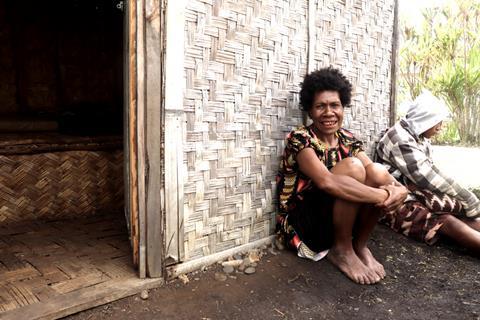
I am a village girl. I was born in 1977 on November 1, unsupervised, in the village of Du, Chimbu Province. I am the second of seven children. Today, none of my siblings are in professional careers. My older sister started to train to be a nurse, but then she got married and dropped out of training. If you get pregnant during secondary school, then you can’t carry on because of the stigma attached. It’s changing now, but it still happens. I am the only one who went through university from my family.
Now, I am married with three children, aged; 22, 15 and 11. We live in Goroka, two hours’ drive from my village people. I do outreach among my people and get to see my family a lot. This is my seventh year living here. My husband is self- employed. He has a PHD in economics, we met at university. My village is called Du, and it is very remote, it is an hour drive in a four-wheeled drive to the nearest town along unfilled roads. It is in the mountains and the views are very beautiful.
By the age of eight, I was given away to my bigger cousin who was living in Port Moresby. I was happy to go to the city, but I missed my parents. It’s very common for village girls to go to live in the city with a relative. I was looking after my cousin’s children for three years – until her marriage didn’t work out. Then, I went back to my village where I had the chance to go to the school and I moved back in with my parents. If I had stayed in Moresby, I don’t think I would have gone to school. In Papua New Guinea, each tribe has a primary school – but there is only one high school for each district. You are only selected to go if you pass grade six. I passed, so I was selected.
I saw doctors for the first time, and they helped to speed up my healing process and I recovered.
My childhood was happy, the basics we needed were there for us. When I was in primary school, my cousin was a pilot – he talked about air hostesses, and I dreamed about becoming one and travelling the world. But when I was in grade eleven, I became very sick. I spent three weeks in ICU in the provincial hospital. I had severe Malaria and Typhoid. There, I saw doctors for the first time, and they helped to speed up my healing process and I recovered. I thought: "OK, I want to become a health worker." One of my classmates in high school caught Typhoid and passed away. I probably contracted germs from her because she was my roommate. It was very, very difficult for me. I saw many people pass away from various diseases in my village.
When I was very young, my mother had one still birth in the village. She went to the toilet to pass her placenta and she fainted. She probably bled. Then she had another miscarriage and she collapsed in our house. I remember her being put on a stretcher and carried away to the nearest health centre which was two hours’ walk from the village. When I was in medical school at the University of Papua New Guinea in Port Moresby, I remembered these experiences, which made me want to join the Obstetrics and Gynaecology to help women back in my village like my mother who have suffered a lot.
When I first came to Goroka, I found out about MAF for the first time and the assistance they give to rural communities, especially providing communication and electricity. When I discovered the solar products, I was able to take two or three back to my village and it was really, nice. I began to get to know MAF then, and we continue to work together today.
Most health facilities did not have any source of light – we used torches to deliver babies.
The Mama Waiting Hut project came to me in 2019 when we had our performance review. This is when all the health workers from across our province come together and present what they have done over the year – everyone from nurses to community health workers right down to the smallest aid posts. There are 105 facilities in total in Eastern Highlands Province. It was there that I saw the need for many things, but especially for lights. Half of the health stations were not functioning because there were not enough staff. The majority had no electricity, they were lucky if they had a generator. Most health facilities did not have any source of light – we used torches to deliver babies.
So, I decided to try and assist by giving them solar through MAF Technologies. There were four doctors across the province for 700,000 people. Two were gynaecologists and two are general practitioners. We were lucky to have two gynaecologists, most provinces only have one in a central hospital. We need all the help we can get. The first solar panels were installed in October 2021 at the main Health Centre in Asaro. Although it’s connected to a central power source, there are always black outs. Women get referred there in the middle of the night and they travel many hours. When it was lit up at night for the first time, I was so happy that MAF had come on board to help with our need and help mothers in those facilities.
We were noticing that women would labour for 24-48 hours before walking for medical help - they would arrive with sepsis, or an obstructed labour and many women died.
Today, there are 18 locations with Solar Power across Eastern Highlands Province, there are three more to go. The next instillation will be a training location called Siumpa Day Clinic, then a Lutheran-run clinic nearby. My dream is to see every single health facility across our providence lit up at night. We will try with MAF’s help to make this possible.
In Yamiufa, we built a Mama Waiting Hut out of traditional methods close to the health facility where mothers could come and stay for two or three weeks before delivery, and then for a week afterwards. The Hut becomes like a second home for them, and we also provide them with a baby bundle to help them when the baby is born. We were noticing that women would labour for 24-48 hours before walking for medical help. This was dangerous because they would arrive with sepsis, or an obstructed labour and many women died from a ruptured uterus. But now, women know there is light, and they are coming in plenty of time. The midwives are really happy – because who wants to come and give birth in the dark?
If there are complications during delivery, women can be forwarded to the health centre. But already we are seeing the number of mothers coming to the main health centre is reducing because they feel safe in the Waiting Huts because they have a light.
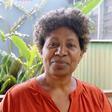



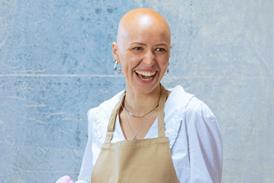
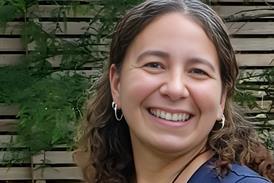
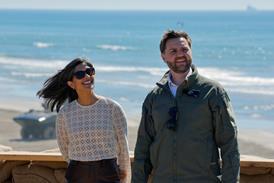





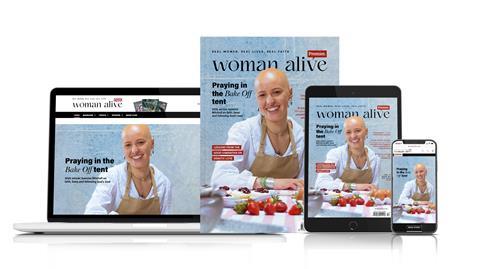




















No comments yet